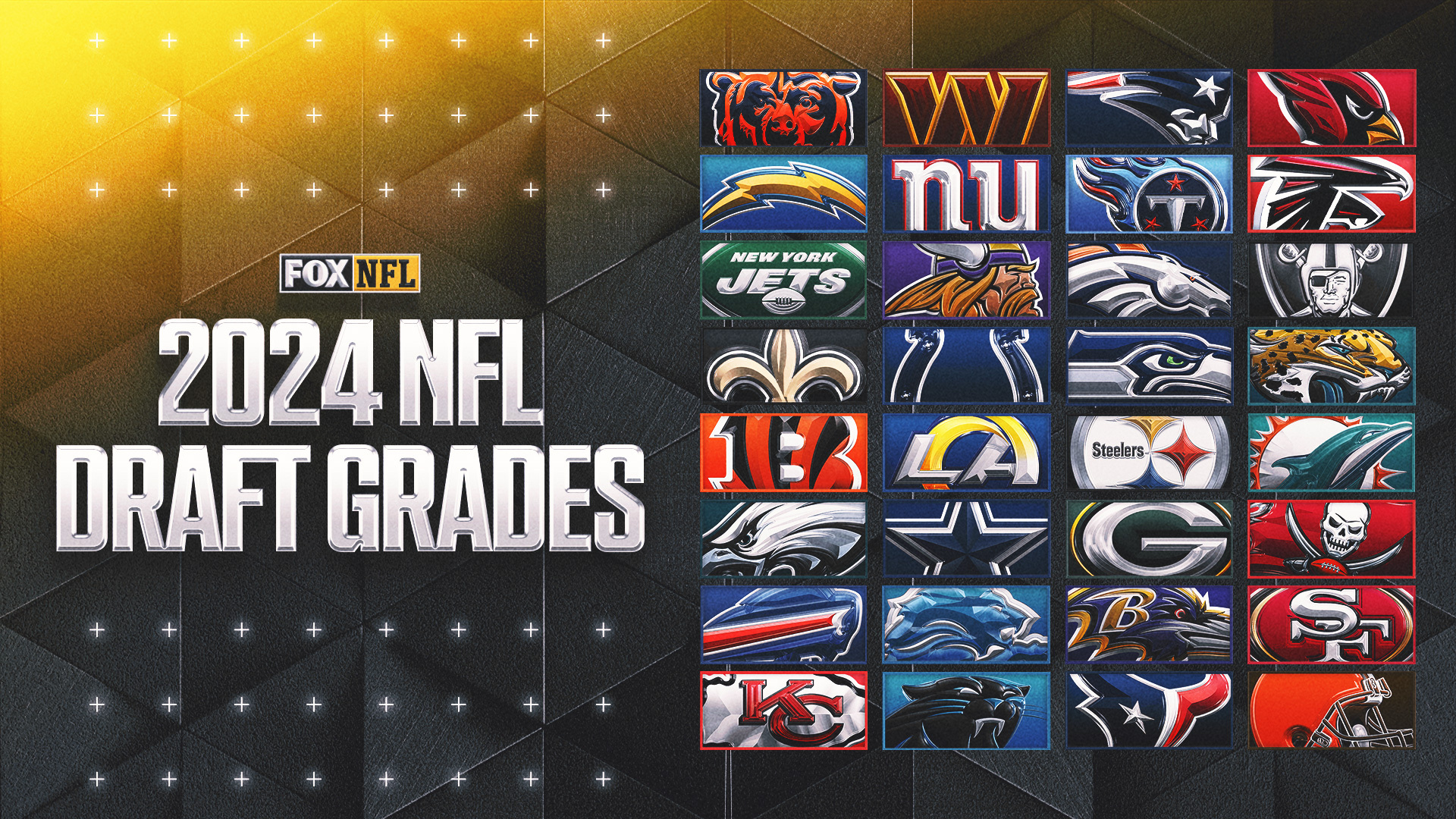Draft grades are an essential aspect of evaluating player potential in professional sports, particularly in leagues such as the NFL, NBA, and NHL. These grades provide teams, analysts, and fans with insights into how well players might perform at the professional level based on their collegiate or junior performance. Understanding draft grades can help fans appreciate the complexities of team strategies and player evaluations during the draft process.
In this article, we will delve deep into what draft grades are, the factors that influence them, and how they can impact a player's career trajectory. We will also explore the methodologies used to assign these grades, the significance of expert opinions, and the way these grades can affect team decisions. Whether you are a sports enthusiast, a budding analyst, or a team manager, this guide will provide you with valuable insights into the world of draft grades.
By the end of this article, you will have a thorough understanding of draft grades, their implications, and how to interpret them effectively. Get ready to enhance your knowledge of sports drafts as we break down this intriguing topic.
- Remembering Alex Trebek His Life Legacy And Impact On Television
- Lady Margarita Armstrongjones A Glimpse Into The Life Of An Aristocrat
Table of Contents
- 1. What Are Draft Grades?
- 2. Importance of Draft Grades
- 3. Factors Influencing Draft Grades
- 4. How Draft Grades Are Assigned
- 5. The Role of Analysts in Draft Grades
- 6. Interpreting Draft Grades
- 7. Case Studies of Draft Grades Impacting Careers
- 8. Future Trends in Draft Evaluations
1. What Are Draft Grades?
Draft grades are evaluations assigned to players eligible for selection in professional sports drafts. These grades are typically assigned by analysts, scouts, and sports organizations based on a player's performance, potential, and fit within a team. The grading system often ranges from A to F, with A representing the highest potential and F indicating a lack of viability at the professional level.
1.1 Types of Draft Grades
There are several types of draft grades, including:
- Overall Grade: A general assessment of a player’s capabilities.
- Fit Grade: How well a player fits into a specific team's needs.
- Potential Grade: An evaluation based on a player’s future upside.
2. Importance of Draft Grades
Draft grades play a crucial role in shaping the future of franchises. They help teams make informed decisions about which players to select, impacting team performance for years to come.
- Discovering The Cast Of Murphy Brown A Deep Dive Into The Iconic Sitcom
- Ghost The Legacy Of Patrick Swayze
2.1 Impact on Team Strategy
Teams often rely on draft grades to formulate their strategies during the draft. A high draft grade can lead to a team prioritizing a specific player, while a low grade might cause them to look elsewhere.
3. Factors Influencing Draft Grades
Several key factors contribute to how draft grades are assigned:
- Player Statistics: Performance metrics from collegiate or junior leagues.
- Physical Attributes: Height, weight, and athleticism.
- Game Film Analysis: Review of a player’s performance in games.
- Interviews and Character Evaluation: Assessing a player's mindset and work ethic.
4. How Draft Grades Are Assigned
The process of assigning draft grades involves a combination of quantitative and qualitative analysis. Scouts and analysts utilize a variety of tools and methodologies to assess players effectively.
4.1 Quantitative Analysis
This involves statistical evaluation of a player’s performance metrics, such as points scored, assists, turnovers, and defensive statistics.
4.2 Qualitative Analysis
Qualitative analysis involves reviewing game tapes, assessing a player’s technique, decision-making, and overall impact on the game.
5. The Role of Analysts in Draft Grades
Analysts play a pivotal role in the evaluation of draft prospects. Their expertise and experience help provide a comprehensive view of a player’s potential.
5.1 Expert Opinions
The insights provided by analysts can significantly influence public perception and team decisions regarding draft picks.
6. Interpreting Draft Grades
Understanding how to interpret draft grades is essential for fans and analysts alike. A high draft grade does not always guarantee success, and conversely, a low grade does not mean a player will fail.
6.1 Context Matters
Draft grades should be viewed in context, considering the player’s situation, team needs, and overall draft class strength.
7. Case Studies of Draft Grades Impacting Careers
Numerous players have experienced varied outcomes based on their draft grades. Here are a few notable examples:
- Tom Brady: Drafted in the sixth round, Brady had a low grade but became one of the greatest quarterbacks in NFL history.
- Ryan Leaf: Once considered a top prospect, Leaf’s high draft grade did not translate into success at the professional level.
8. Future Trends in Draft Evaluations
The landscape of draft evaluations is constantly evolving. With advancements in technology and data analytics, teams are increasingly relying on sophisticated models to assess player potential.
8.1 The Use of Technology
Tools like player tracking, AI-driven analysis, and virtual reality simulations are becoming more prevalent in the draft evaluation process.
Conclusion
In summary, draft grades are a vital component of the sports draft process, influencing team strategies and player careers. By understanding the intricacies of draft evaluations, fans and analysts can better appreciate the decisions made during the drafting process. We encourage you to share your thoughts on draft grades in the comments below, and don’t forget to explore more articles on our site for additional insights into the world of sports.
Penutup
Thank you for reading our comprehensive guide on draft grades. We hope you found it informative and engaging. Be sure to visit us again for the latest updates and insights into the world of sports and beyond!
- Judge Judy A Deep Dive Into The Life And Legacy Of Americas Favorite Judge
- Why Did Meghan Leave Suits Unraveling The Departure Of A Royal Star


